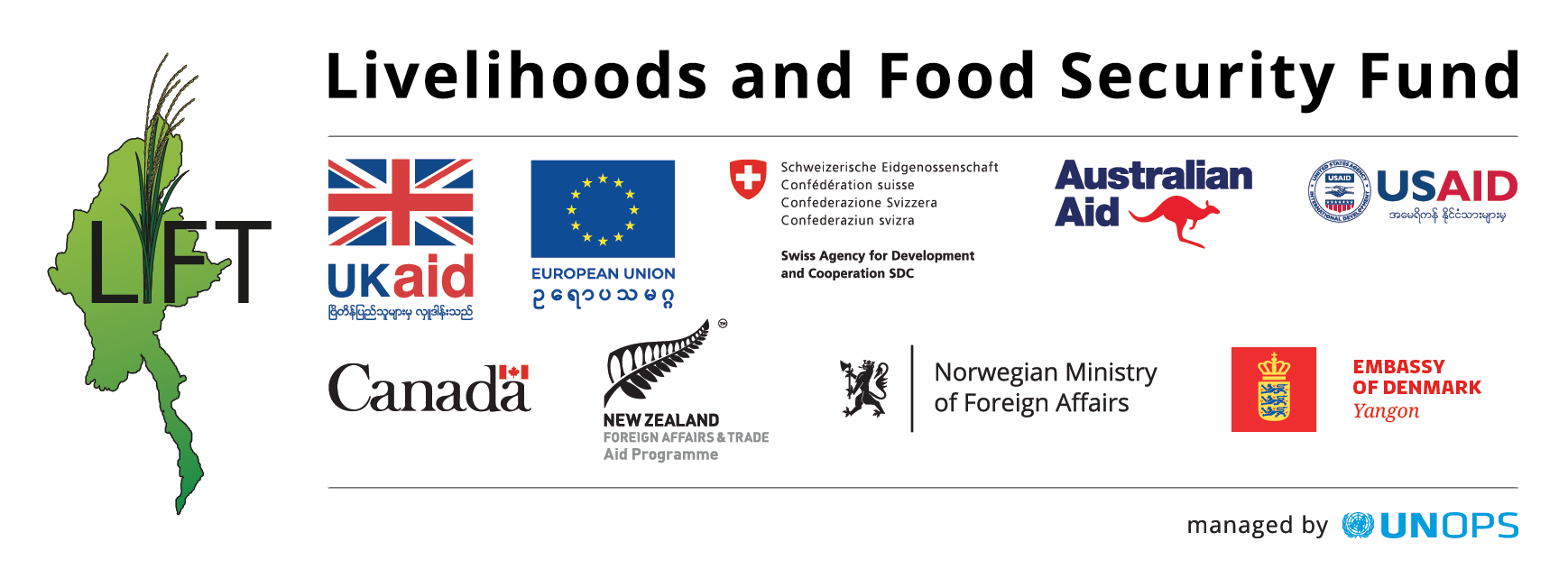
Climate and soil type in the Dry Zone makes vegetable cultivation and availability extremely difficult, during the dry season and not only. From December to April most farmers of the area can only wait until the rainy season to begin cultivation of main crops, such as Pigeon Pea, Mung Bean, Sesame and Groundnut. However, the nutritional input given by fresh and green vegetable is often insufficient. The situation is worsened by climate change and the tendency of farmers to rely on extensive agriculture based on chemical input. While this approach might give initial benefits on productivity, it is highly unsustainable and deepens the environmental problems of the area (soil erosion, loss and desertification). However, thanks to the right techniques and conservative practices is possible to: cultivate all year round without relying on excessive chemical inputs; improve nutritional intake and decrease expenses on food. This has been the aim of ALiSEA project Ecosystem approach for drought resistant home gardening in Central Dry Zone implemented by TDH Italy: improving the livelihood of the beneficiaries through sustainable home garden vegetable production.
The purpose of the following handbook is to provide the necessary information for the construction and management of a home garden using agroecological practices.


